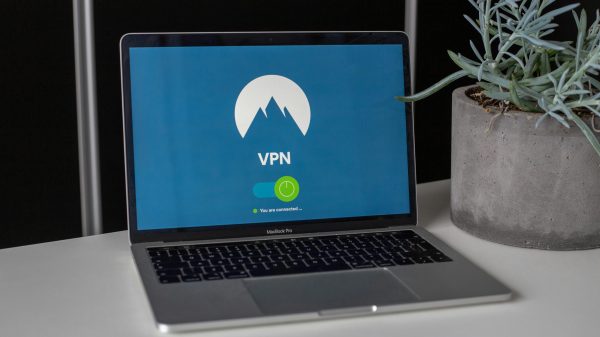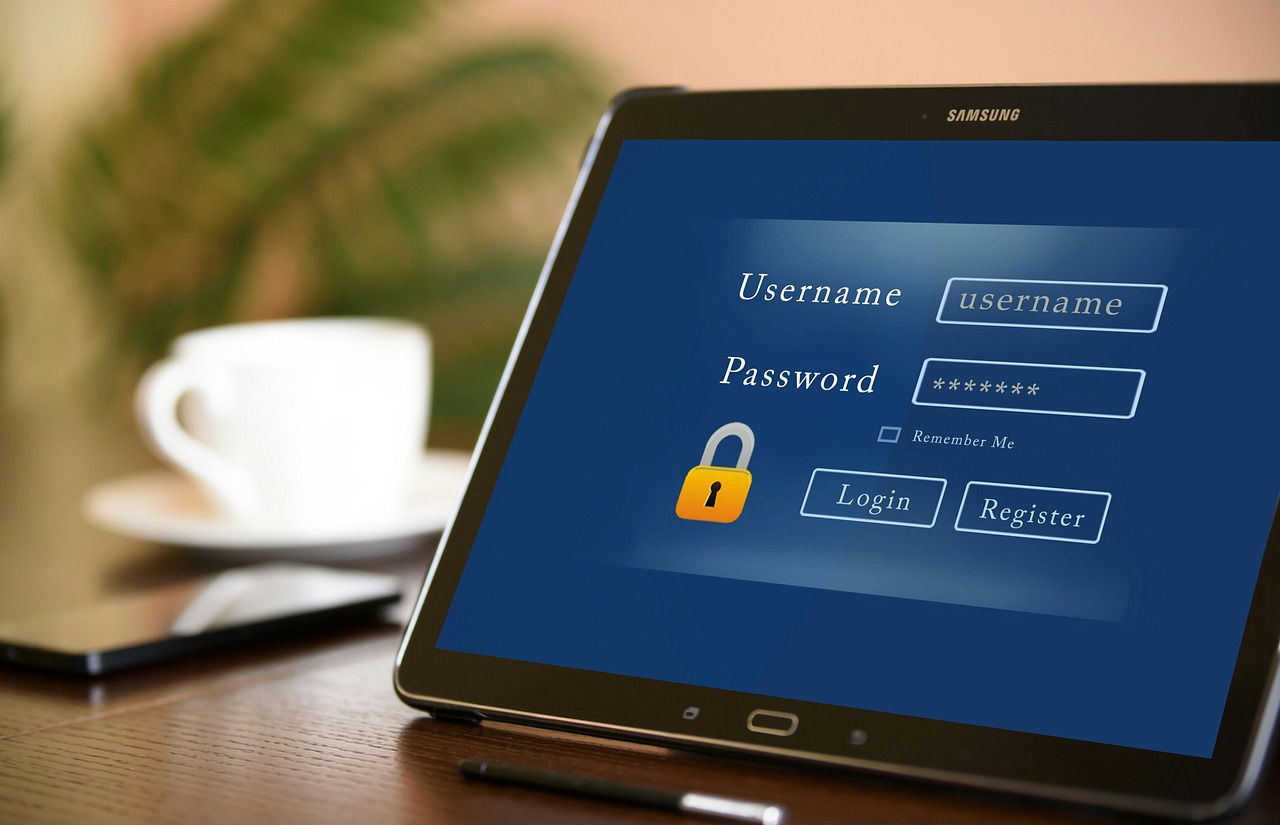When you’re trying to protect your files, most people aren’t sure if they should use password protection or encryption. The truth is, though, that these two things are very different and can be used for different purposes. They both have their pros and cons, so it’s important to know the difference between them before you decide which one will work best for your situation. In this article, you will learn what encryption is—and isn’t—and how it differs from password protection. You will also learn why it’s important to encrypt sensitive documents instead of just keeping them in a password-protected folder on your computer or mobile device. So read on!
Password-protected files can only be accessed by people who know the password
Password protection is one of the simplest ways to protect your files, but it can be compromised. Someone who knows your password can access the file without any issues, and if someone guesses or steals it, they will also be able to open the file. Password protection is based on a secret that only you and those with whom you share it know about; however, there are many ways in which people might guess your password (for example, by trying every possible combination).
Password protection also requires a certain amount of trust between you and others—if someone else gets his hands on one of your devices with encrypted files stored on it, then he may be able to decrypt them even if he doesn’t know your decryption key.

Encrypted files can only be accessed by the person who encrypted them
Encrypted files can only be accessed by the person who encrypted them. If you lose the password, you cannot access your files. You can use a password to encrypt and decrypt a file, which is why it’s sometimes referred to as “password protection.”
Encryption is a much more secure form of security and should be used whenever possible
Encryption is a more secure form of security and should be used whenever possible. Encryption uses mathematics to scramble data so that it cannot be read by anyone who does not have the appropriate key. This is done through algorithms (a specific set of instructions) which take plaintext data as input and output ciphertext.
According to the experts at Adobe Acrobat, “Password protection is just like encryption in that it doesn’t allow access to unauthorized parties, but the mechanism for doing so is different.” Instead of mathematical formulas, password protection relies on people remembering passwords.
Encryption and password protection are not the same thing; encryption is much more secure than a password alone
Encryption protects data from being accessed by anyone who doesn’t have access to the keys. It’s used in many applications, including email servers and hard drives.
Password protection is a much less secure form of security. The only thing that password protection does is prevent unauthorized access to files; it doesn’t protect the content of those files at all.
In all, there are significant differences between the process to encrypt and password protect PDF. Password protection is insecure because anyone who knows your password can access the file and see its contents. Encryption is much more secure because it’s a one-way process that doesn’t allow anyone who doesn’t know the key to decrypt your data. The bottom line? If you want better security for your files, use encryption instead of relying on a password alone!


































